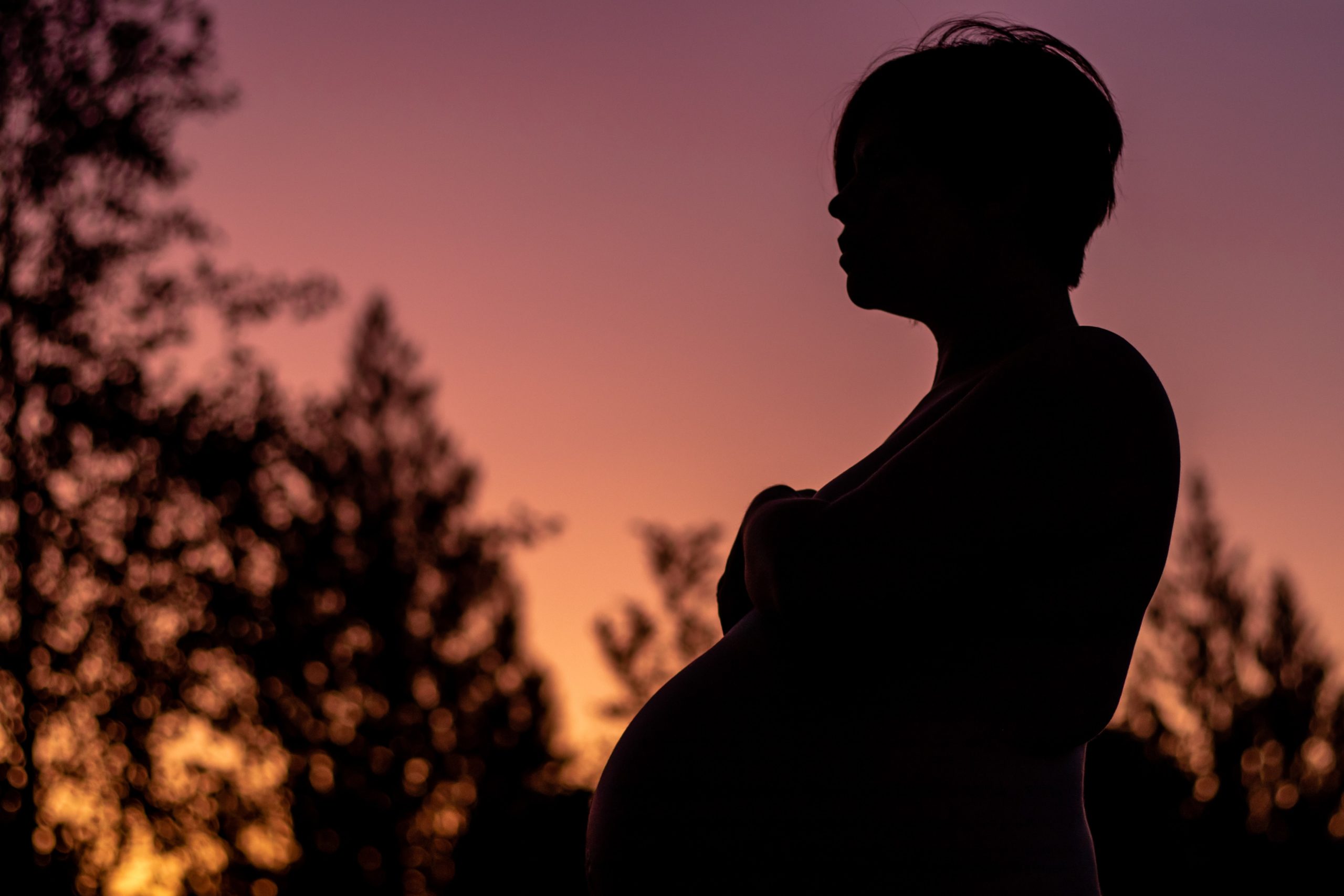Providing basic, maternal care costs only about $3 per person per year in low-income countries, yet a woman dies of pregnancy-related complications every minute.1 In their article “Countdown to 2030: tracking progress towards universal coverage for reproductive, maternal, newborn, and child health (RMNCH),” Boerma et al. assert that there is still much more progress that needs to be made towards universal coverage for this vulnerable population. ((Boerma, Ties et al. “Countdown to 2030: Tracking Progress towards Universal Coverage for Reproductive, Maternal, Newborn, and Child Health.” The Lancet, vol. 391, no. 10129, 2018, pp. 1538-48. Agricultural & Environmental Science Collection; Biological Science Collection; Healthcare Administration Database; Research Library; STEM Database, http://dx.doi.org/10.1016/S0140-6736(18)30104-1.)) The United Nations Sustainable Development Goals (SDGs) address RMNCH in three of the seventeen targets, underscoring that the issue is critical. These three targets include good health and well-being, gender equality, and reduced inequalities. However, the SDGs cannot be achieved if the overall quality of RMNCH is not transformed. Globally, improving the quality of RMNCH is an important public health goal, since the well-being of mothers, newborns, and children determines the health of the next generation and can therefore help predict future public health challenges.
One country that has succeeded in attaining a fast, efficient increase in the quality of maternal care–and thus a fast, efficient decrease in the rate of maternal mortality–is Maldives.2 The country has also improved the health of children dramatically. Maldives, which can be used as a model for other countries struggling with RMNCH outcomes, has accomplished this goal by strengthening its health system, targeting the quality of services, and implementing interventions or practices geared towards RMNCH.
Maldives is a nation comprised of nearly 1,200 islands in the Indian Ocean. Although providing health services to such a dispersed population is one of the major challenges facing the government of Maldives, it has made considerable advances over the last decade in terms of health status, reflected in decreasing maternal and infant mortality rates.3 One focus area has been strengthening the Maldivian health system by implementing policies focused on RMNCH, which requires major progress and shifts in terms of strategies and governance.4 The official national health policy of Maldives, states that “the enjoyment of the highest attainable level of health is a basic right of every citizen.” Therefore, investments and policies geared towards maternal and child health have been a primary focus for the country.2 The government recognizes that RMNCH is and should be a priority area for health policy and plans.3
Accessible, Affordable Health Services
The government of Maldives also places great emphasis on the accessibility and affordability of health care services and the health of women.5One of the factors that influenced the government to target the quality of services was the shortage of skilled personnel for RMNCH.4 In 1994, less than 40% of births were undertaken with skilled health staff present. The lack of trained, specialist staff made it difficult for early detection of critical cases, which is necessary to reduce maternal and infant mortality.3 Beyond the act of giving birth, large numbers of women and children were not getting the basic, high-quality services that are essential for living. Growing evidence pointed to the lack of trained health workers as a cause for low quality services and a limiting factor for RMNCH outcomes. Although there is still an overall significant shortage of health staff, training those personnel to become specialized in RMNCH has shown great benefits. Today, the percentage of births by skilled staff has risen dramatically, to more than 95%.2
Root Cause Analysis
Progress was also driven by the implementation of interventions and practices geared towards RMNCH. For example, the health ministry introduced an in-depth review process that assessed the specific causes of all maternal deaths, helping health officials understand why women were dying and what could be done to prevent the deaths.2 Another important intervention focused on nutrition during pregnancy. All pregnant women now receive appropriate nutritional supplements at their prenatal appointments. This has reduced nutritional deficiencies, which are key contributors to some of the most common pregnancy complications.
Health Education
Educational workshops have also been conducted in the community to educate expectant mothers on the importance of nutrition during pregnancy, including locally available, beneficial foods. Other interventions provided through partnerships with the NGO sector include use of peer education and training in schools on health issues, special programs targeting men to increase participation in reproductive health, and health sector initiatives in the areas of vaccine-preventable diseases.3
Exemplar Countries
Maldives is exemplary when it comes to reducing maternal deaths: In the year 2000, the maternal mortality rate for Maldives was 125 deaths per 100,000 live births. It has since decreased to 53 deaths per 100,000 births and continues to show improvement.6 Countries with high rates of maternal and child mortality should identify and use approaches from other nations who have successfully driven positive change in RMNCH. It is not always feasible or appropriate to adopt approaches from “power-house” countries, or countries at different phases of economic development. Therefore, it is particularly useful to have Maldives as an exemplar when it comes to reducing maternal deaths and improving the health of children. From the 1980s to the 2010s, Maldives transitioned from one of the world’s poorest countries to its current status as an upper-middle income country. Improvements in health and education were a large part of Maldives’ development success story.
Zambia is one country that has been successful following the Maldives model. Zambia’s maternal mortality rate was higher than many of its neighbors in south-central Africa. Like Maldives, Zambia faced many challenges for maternal and child health, such as low coverage of skilled attendance at birth, inadequate information and education, and low uptake of antenatal services.3 Following the example of Maldives and other lower income countries with positive RMNCH outcomes, Zambia began to prioritize RMNCH. It implemented in-depth reviews of the causes of maternal deaths in all districts, increased funding to train more healthcare personnel, and created healthcare plans that included adequate nutrition for expectant mothers.2
Together, these initiatives have led to a recent decline in maternal mortality in Zambia. This can be a powerful driver for other countries, who can use these successful examples as a framework and crucial political tool to bring change. Pointing out countries with negative RMNCH outcomes may put pressure on their governments to emulate the progress of neighboring countries that have seen the greatest improvements.2
Poor RMNCH outcomes are a humanitarian emergency affecting increasing numbers of women, children, and adolescents around the world. This issue needs special attention and more and better data to guide actions for better outcomes. More must be done beyond assessment of the presence or absence of a policy, such as understanding the political economy and its stakeholders, as well as other drivers that are crucial to supporting a country’s efforts to address RMNCH.4 Identifying exemplar countries and learning from them can be a vital tool in achieving the greatest change in RMNCH outcomes. Adopting approaches from these exemplary countries, like strengthening health systems, targeting the quality of services, and implementing interventions or practices that are geared towards RMNCH could save lives and, quite possibly, save the future.
- A Continent Divided: Covid-19 Response in the Americas - August 8, 2023
- Maldives: Saving Lives, Saving the Future - July 18, 2022
- World Health Organization. “Improving maternal, newborn and child health in the South-East Asia Region.” World Health Organization, 2005, apps.who.int/iris/bitstream/handle/10665/205324/B0263.pdf?sequence=1&isAllowed=y. Accessed 12 Feb. 2022. [↩]
- Ritchie, Hannah. “Which countries are exemplars in preventing maternal deaths?” Our World in Data, ourworldindata.org/hannahexemplar. Accessed 12 Feb. 2022. [↩] [↩] [↩] [↩] [↩] [↩]
- World Health Organization. “Improving maternal, newborn and child health in the South-East Asia Region.” World Health Organization, 2005, apps.who.int/iris/bitstream/handle/10665/205324/B0263.pdf?sequence=1&isAllowed=y. Accessed 12 Feb. 2022. [↩] [↩] [↩] [↩] [↩]
- Boerma, Ties et al. “Countdown to 2030: Tracking Progress towards Universal Coverage for Reproductive, Maternal, Newborn, and Child Health.” The Lancet, vol. 391, no. 10129, 2018, pp. 1538-48. Agricultural & Environmental Science Collection; Biological Science Collection; Healthcare Administration Database; Research Library; STEM Database, http://dx.doi.org/10.1016/S0140-6736(18)30104-1. [↩] [↩] [↩]
- World Health Organization. “Improving maternal, newborn and child health in the South-East Asia Region.” World Health Organization, 2005, apps.who.int/iris/bitstream/handle/10665/205324/B0263.pdf?sequence=1&isAllowed=y. Accessed 12 Feb. 2022. [↩]
- Maternal mortality ratio (modeled estimate, per 100,000 live births) – Maldives. World Bank. https://data.worldbank.org/indicator/SH.STA.MMRT?locations=MV&most_recent_value_desc=false. Accessed 14 Jul. 2022. [↩]




